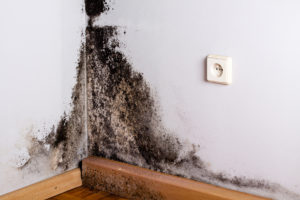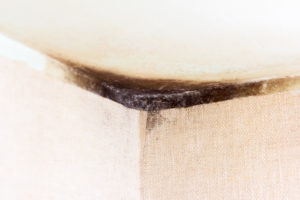
Black Mold Toxins and You – Protect Yourself from Black Mold
Mold can be found everywhere. From decomposing leaves in your backyard to stale bread that hasn’t been thrown away, mold lurks around every corner. In fact, according to the Center for Disease Control (“CDC”), mold is impossible to avoid as there are always mold spores in the air and on surfaces. The difference between mold commonly found in everyday life and more dangerous mold, such as “black mold,” is the toxins it produces.
What is Black Mold?
You often hear stories of “black mold” affecting people in the most horrible ways and about some people who unknowingly had it growing in their home for years. But what is “black mold” and how is it different from other molds found around and inside your home?
“Black mold” is actually a general term used by people to describe one of several molds that produce toxins. The scientific name for “black mold” that produces toxins in Stachybotrys Chartarum (“Stachybotrys”). While Stachybotrys releases toxins into the air, the mold itself is not poisonous. Finding Stachybotrys growing in a home is not considered rare. However, other mold types that don’t produce toxins are found more frequently than Stachybotrys.
Black Mold and Your Health
The description of “black mold” being toxic mold is not the most accurate. Even though it releases toxins into the air, the mold itself is not poisonous. In addition to not being poisonous, according to the CDC, “black mold” causing severe reactions such as memory loss or hemorrhaging is little supported by any evidence.
“Black mold” can, however, cause upper respiratory symptoms such as coughing, wheezing, sinus congestion, and itchy eyes in otherwise healthy people. People who have allergies to mold or have asthma may experience more severe symptoms such as difficulty breathing or infections. Experiencing these symptoms due to mold exposure should be addressed by a physician for treatment. In addition, preventing mold growth and removing any mold should be a priority to prevent any health problems.
Identifying Black Mold
“Black mold,” or Stachybotrys, is not easy to identify by sight alone. Mold comes in all different shapes and colors. In fact, “black mold” is not always black. To add more confusion in identifying this more hazardous mold, other nontoxic types of mold can also appear black.
To identify “black mold,” you need to allow licensed industrial hygienists or indoor air quality professionals to take samples of the mold. The resulting lab results will identify the specific mold in question. While testing can give you some peace of mind, it is not generally helpful as all excessive mold in your home needs to be removed for your safety. If you have mold growing in your home, calling a mold remediation company is your next step. A mold remediation company can properly remove the mold from your home without spreading toxic spores into the air.
If you believe you have “black mold,” or any mold growing in your home, call CLEAR Restoration today. We will properly and safely remove the mold from your house to ensure your health is not being compromised.



